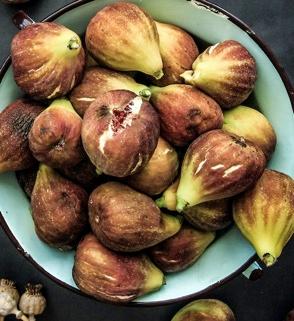Fig (White and Brown – e.g., Kadota, Thompson)
-
Scientific NameFicus carica
-
Special ConsiderationsWhite and brown figs require heavy pruning, because they produce fruit on new growth. Each winter, the wood that formed during the previous growing season must be almost completely removed to promote healthy new growth.
 Photo: NordWood Themes/Unsplash
Photo: NordWood Themes/Unsplash -
Fruit grows on:
New wood
-
What to Prune in Winter
Remove dead, diseased or damaged branches.
Remove crossing branches.
Remove any suckers growing from the base of the tree or from the roots.
Head back last year’s growth to two buds. Both buds should produce fruiting branches which should be cut back to two buds during the following winter.
Alternative for small trees: Head back every other lateral branch back to two buds, not every lateral. The unheaded branches will bear fruit early in the growing season. The headed branches will bear fruit later in the growing season.
Keep the tree open to allow interior fruit to ripen.
-
What to Prune in Summer
(While the new limbs are growing but BEFORE mid-summer):
Prune lightly, because figs bleed heavily when not in dormant season.
Pinch out new shoots when they have made five to six leaves. This ensures that more energy will go into fruit development than leaf development.
Pruning older trees may not be necessary, because they grow more slowly than younger trees.

